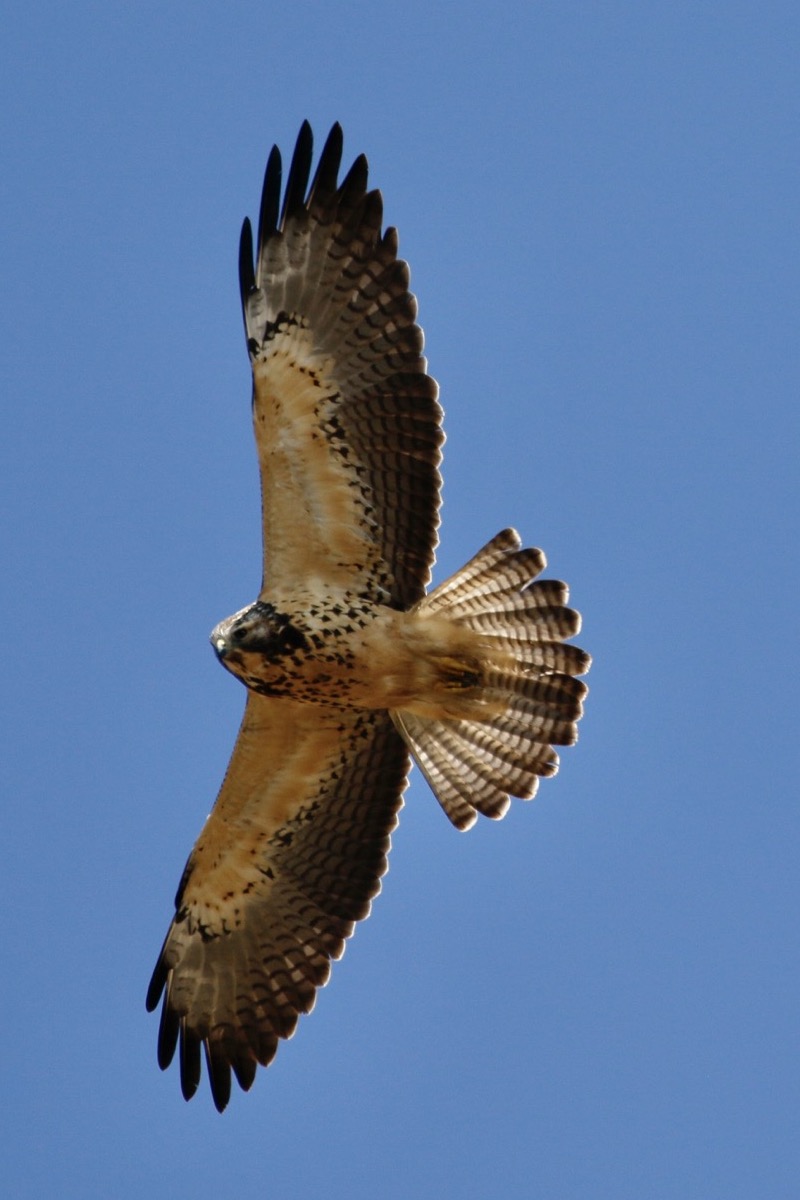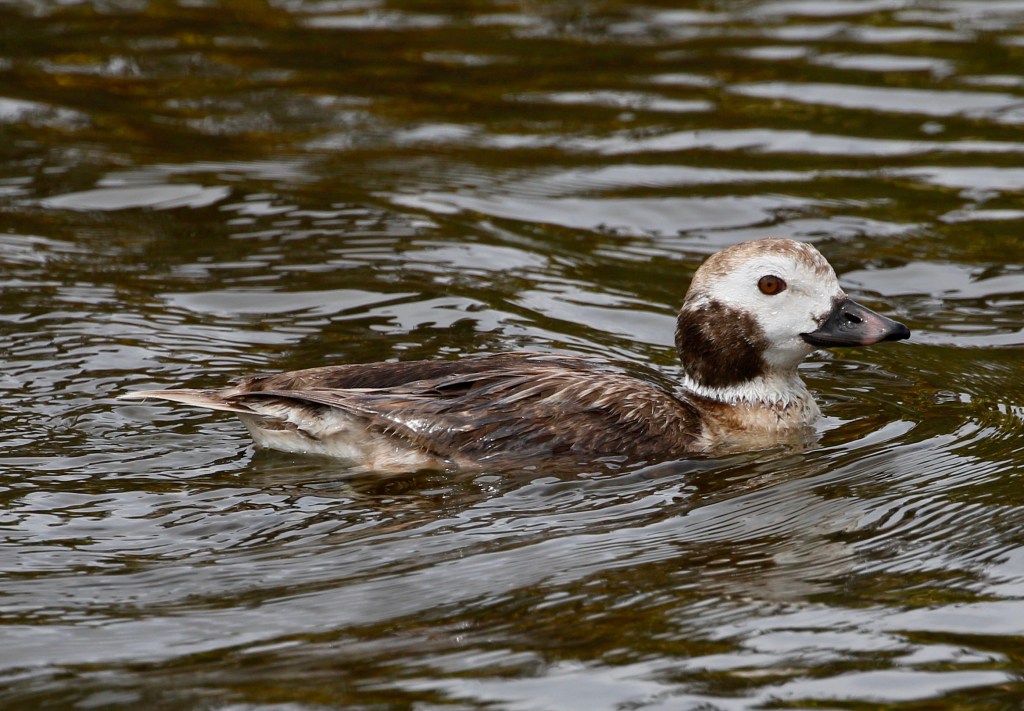Are Culture Wars for the Birds?
What’s in a Name? The Birding World Ruffles Feathers over a Proposal to Change Eponymous Bird Names

What’s in a Name? The Birding World Ruffles Feathers over a Proposal to Change Eponymous Bird Names

Across the country the usually placid waters of birding listservs began to roil on November 21, 2023. What could have happened to stir the usually staid birding world into such a tizzy? The American Ornithological Society (AOS) published its decision to rename all the North American birds that are named after people (eponyms). This means that up to 80 bird names will change. The impetus behind the move is to address past wrongs by changing names that could be controversial or exclusionary. Many birders were aghast, while others thought the time was well overdue for such a move. The divisiveness still continues, with some of the back-and-forths becoming quite heated.
Some background: Around the world, most birds are named after their physical attributes or their songs, not after people, and the names have often been in place for centuries. The name “nightingale” comes from the Old English “nihtegale,” which means “night songstress.” The pied wagtail of the U.K. is black-and-white with a tail that, well, wags. In the United States and Canada, many of the relatively recently named species were named after their European “discoverers” or other scientists.
But bird names are not static, and over the last century, many names have changed — just not 80 in one fell swoop! Scientists decided that what was once the rufous-sided towhee is in fact two separate species, renamed the spotted towhee and the eastern towhee. There are many similar examples of “splits” requiring new names, but some have also been changed for political reasons.

In 2000, the arctic duck that American birders knew as the oldsquaw, had its name changed to follow the European name of the species: long-tailed duck. “Oldsquaw” is considered a slur to Indigenous people, and there was little or no controversy over this change. Then in 2021, a small songbird of the Great Plains, the McCown’s longspur, had its name changed to a more descriptive one, the thick-billed longspur. Who was McCown? John P. McCown was an amateur naturalist who went on to become a general in the Confederate army; the name was changed because of his links to the Confederacy with its implied defense of slavery and racism. This change was more controversial. Where would the name changing end?
The AOS is beginning its efforts with the 70-80 bird species that are named eponymously and occur regularly within Canada and the United States. “There is power in a name, and some English bird names have associations with the past that continue to be exclusionary and harmful today. We need a much more inclusive and engaging scientific process that focuses attention on the unique features and beauty of the birds themselves,” said AOS president Colleen Handel. The AOS will be soliciting ideas from the public for new, more descriptive names.
There was immediate pushback to this proposal, with many birders signing a petition imploring the AOS to rethink its stance. Many feel that bird names should be looked at on a case-by-case basis and not purged indiscriminately.
Part of the petition reads, “The attempt by AOS leadership to appear more diverse and inclusive has created an unprecedented and unnecessary division within the birding community unseen in our lifetimes. This decree has brought culture wars to ornithology and birding.”
I have read through many of the essays accompanying the petition, the majority of which were thoughtful and impassioned (and most were also, I must add, written by older white males). One point made several times is that rewriting history is generally a poor idea, and that trying to whitewash our human past erases the memory of mistakes from which we might learn.
My thirty-something daughter is a member of a young birders group in the Bay Area, and I asked her if she and her friends thought all eponymous names should be changed. “Of course,” was her immediate response. To many of her generation, it’s a no-brainer.
I loved the perspective of an octogenarian who wrote on a Washington state listserv. She said that the young and politically marginalized members of society are all for the change. She further pointed out that in North America alone we have lost 3 billion birds since 1970, and that we should put our efforts into conservation and education, not fighting over names; the birds don’t care about their names — they care about survival. I have to agree with her wisdom: Let’s not focus on this storm in a teacup while there’s a hurricane whipping about our ears.
The next Audubon Society program will feature the short fiction of yours truly. I’ll read stories about birders and the birds that fuel their passion on Wednesday, March 27, 7:30-9 p.m., in the Faulkner Gallery, Santa Barbara Public Library, 40 East Anapamu Street (note change of venue).
Hugh Ranson is a member of Santa Barbara Audubon Society, a nonprofit organization that protects area birdlife and habitat and connects people with birds through education, conservation, and science. For more information, see santabarbaraaudubon.org.
Please note this login is to submit events or press releases. Use this page here to login for your Independent subscription
Not a member? Sign up here.
You must be logged in to post a comment.